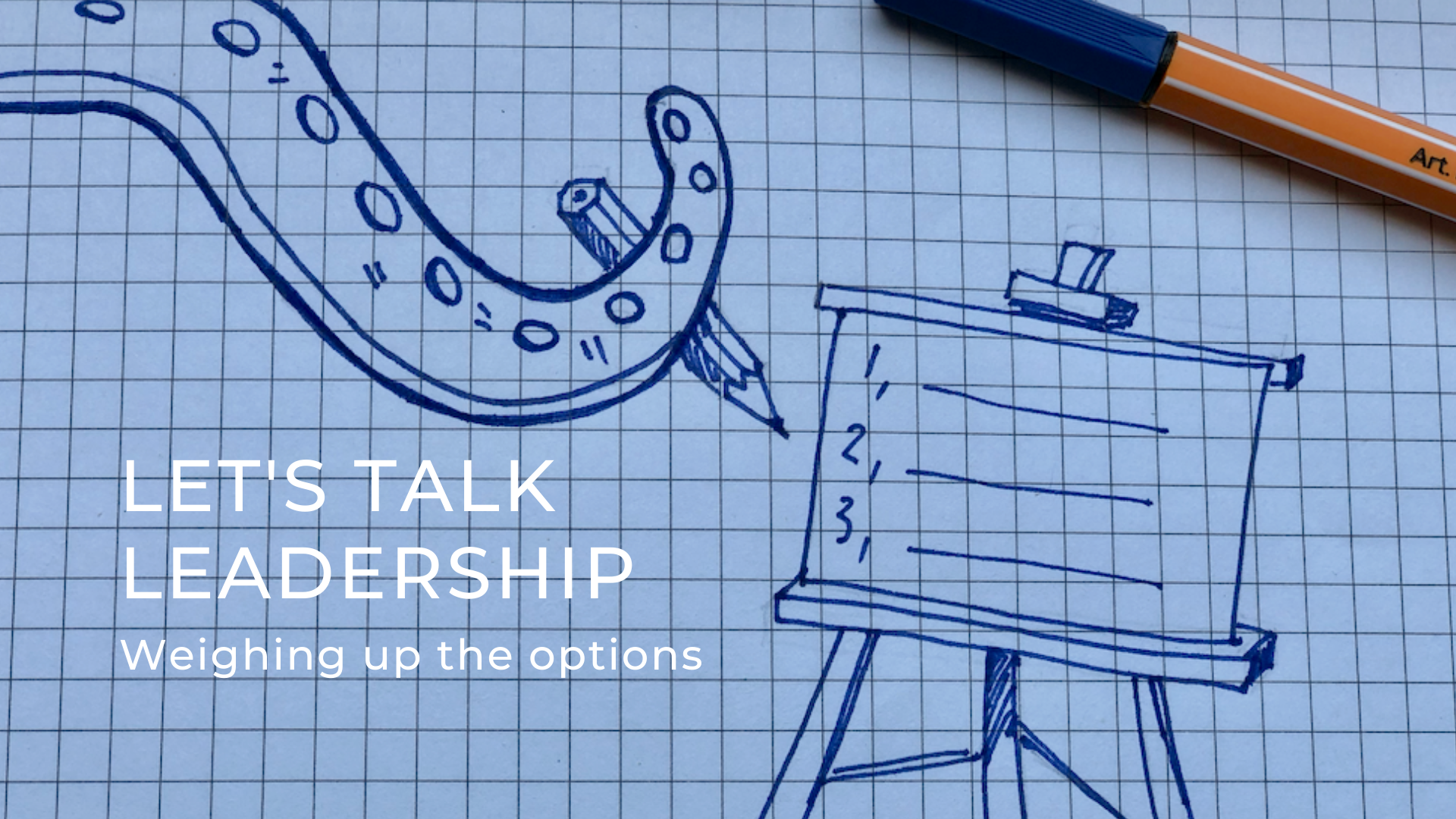How do organisations decide what projects they take on and what to turn down? Recent work with a small community interest company has given insight into such decision-making. Not an easy task for a small company, unused to making such decisions, and without the architecture commonly found in munch larger organisations.
It might help if I start by outlining the scenario. The organisation has a large contract that forms the mainstay of its work and income. Due to its high quality delivery and reputation as a ‘can do’ organisation, it’s regularly approached to take on additional projects. Through experience senior managers identified how easy it is to get carried away with such flattering and seemingly positive offers. On the one hand what organisation doesn’t appreciate additional income but could this overstretch capacity? Taking on the additional work would also help build and further strengthen relationships but at the cost delivery of the core contract?
An article I recently read by Dr Tony Grundy (in an old edition of the Accounting and Business journal) explored two levels of strategic decision-making:
- A model for exploring strategic options, presented as an octopus with eight variables, although more can be added, including value creation, alliance acquisition and customer and market segments.
- A strategic option grid to evaluate the available options against set criteria, including strategic and financial attractiveness, implementation difficulty, uncertainty and risk and stakeholder acceptability.
Working with the organisation’s senior management team we developed a set of criteria to form a strategic option grid:
- Alignment with organisation’s strategy and values
- Financial viability
- Capacity to deliver
- Level of risk.
The article I referred to earlier identified some possible pitfalls when using the main criteria to assess the options. For example:
- an assessment of strategic attractiveness may be scored without real thought about the business environment and specifically competitive forces, such as those in Porter’s model. Financial attractiveness may lead to a focus on the short to medium term without consideration of longer-term costs, including those relating to closure of the project/work.
- There may be a lack of detail in relation to implementation difficulty with decisions based on subjective knowledge with little consideration of how enablers and constraints may change over time.
- Uncertainty and risk and stakeholder acceptability may suffer a similar fate with a lack of focus on detail and complexity.



